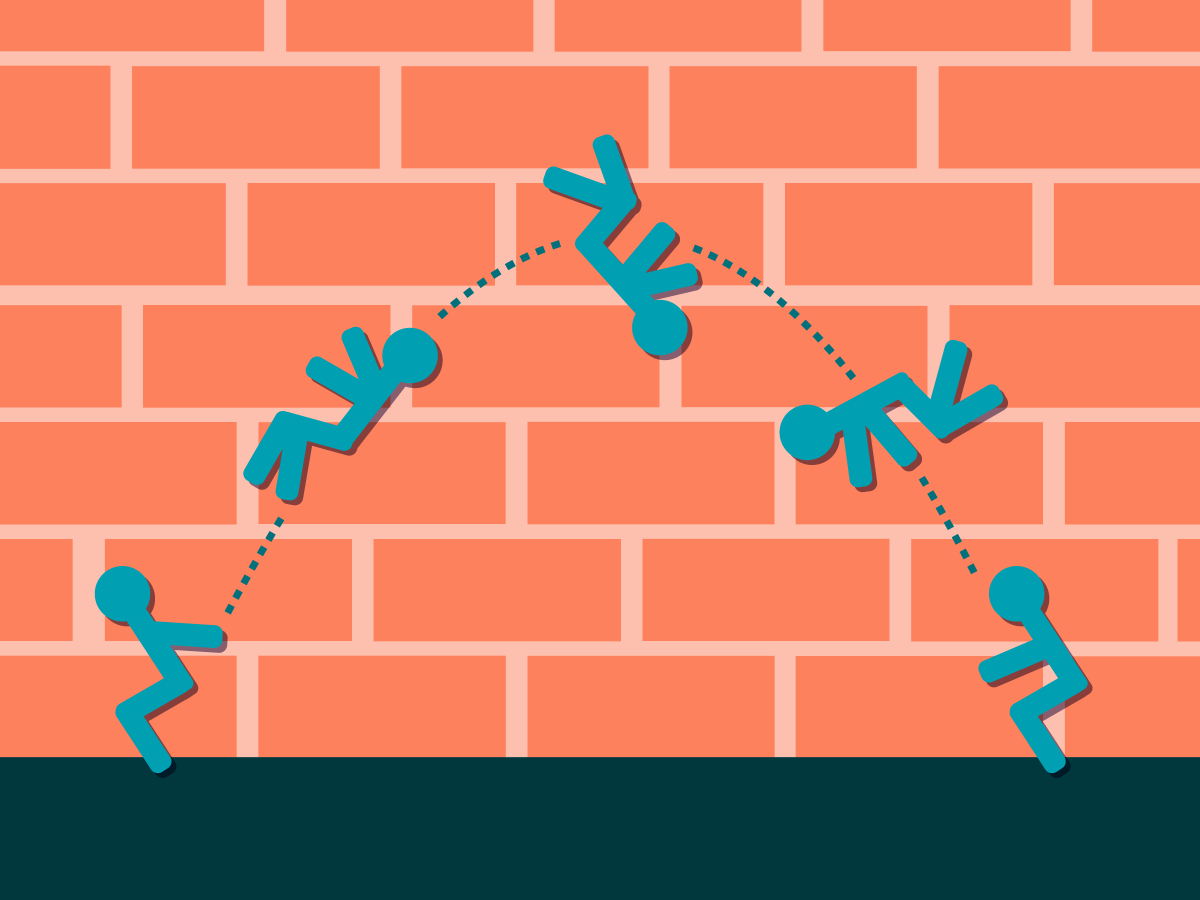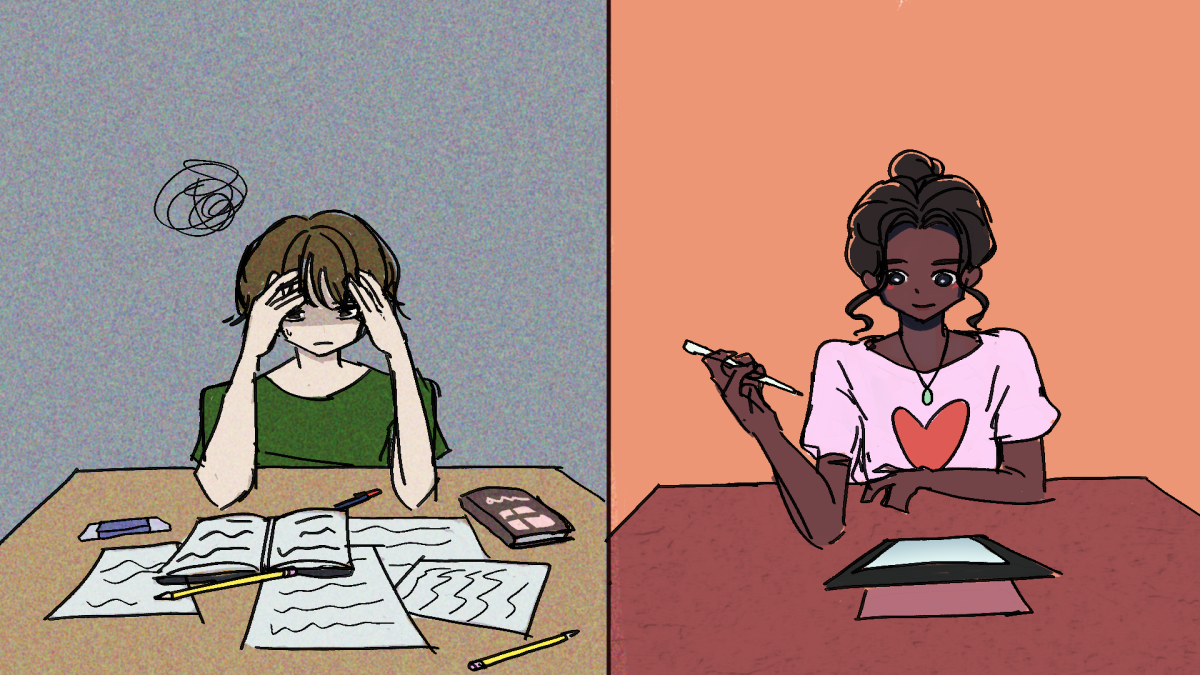Anyone who has spent time online has most likely noticed the large amount of parkour videos that have popped up over the years. However, parkour isn’t just something online stars can do; in fact, NC State has its own club dedicated to tricking, flipping and freerunning.
Parkour, Freerunning and Tricking at NC State (PFK) has been an active club since spring of 2017. The group typically holds an interest meeting at the beginning of each semester and then holds weekly training sessions for its members to participate in.
In the group’s first meeting of the semester, their interest meeting clarified the definition of parkour, freerunning and tricking. While parkour focuses on efficient movement over obstacles, tricking is more focused on combos of flips, kicks and bends meant to add a particular aesthetic to movement. Freerunning is comprised of both of these, with parkour-inspired movements that are flourished with elements of tricking.
Travis Norona, a fourth-year studying engineering and a member of PFK, also spoke about some more of the parkour-specific terms that the group uses.
“There’s a lot of different parkour terminology [that we use],” Norona said. “Lines are chain moves, or a series of motions. We’ll typically call our practices ‘trainings’ because we’re training ourselves to be better at the moves we will be trying to advance, the motions and techniques.”
Norona also spoke about some of the more specific moments the group does during their training.
“We do climbing,” Norona said. “Not completely vertical, but just to get yourself up on top of a surface… We also do vaulting, which is how you get up and over an obstacle and other variations of that.”
Eugene Zboichyk, a fourth-year studying aerospace engineering and PFK’s president, spoke about what goes into a usual training session from the group.
“We start with a warm-up, just stretching and stuff to warm up our muscles and joints,” Zboichyk said. “Then we’ll typically jog to a spot to start practicing. We usually have a particular move or skill in mind, so we’ll go out and practice it. After about 20 or so minutes, we’ll usually switch to something a bit more freestyle, so you can work on whatever move you’d like to work on.”
Though the club is able to practice across most of campus, both Norona and Zboichyk mentioned that there are some limitations to where the group can do parkour, such as not being able to go above the first floor of buildings.
Norona also added that they usually aim to end their training sessions with a bit of a creative spin.
“We’ll normally try to end our trainings with more creative lines,” Norona said. “We’ll play a game called Add-On. Someone will start with one move, and the next person will have to do that same thing and add on another move. We’ll then do it for a little bit until we think that it’s satisfying; so, it’s challenging for everyone, everyone gets to think and everyone gets to be a part of it.”
Zboichyk said that this particular activity is a good way to see each of the individual styles utilized by the group’s members.
“Usually people [doing parkour] all have their own distinct styles,” Zboichyk said. “If you incorporate movements from everybody into a different line, you can start to see new ways of approaching things.”
Outside of the scheduled trainings, members will often get together to train on their own time, according to Norona.
Norona also said the group is working to bring in professionals to help the club train.
“They’re coming in to help us perfect the techniques we’ve already been practicing during our trainings,” Norona said. “You don’t coach somebody to do something if they’re not ready to do it. I’ve trained with the coaches before; it’s repetitive, but they make it fun. They’re all really good people, and they’ll say ‘this needs to be perfect, and this is how we’re going to get there.’”
Norona thinks that individuals can get a lot out of parkour, both in exercise and accomplishment.
“I think you can gain a lot from the club and the sport,” Norona said. “You can gain a lot from the sport itself by pushing your own limits, and you find out what you’re capable of. That’s why I’ve always loved it. It becomes no more dangerous than any other sport when you’re certain about what you can do. I definitely look at it as being very healthy; it’s good exercise, and you don’t really notice that you’re doing so.”
More information on the group can be found on their Get Involved page.







